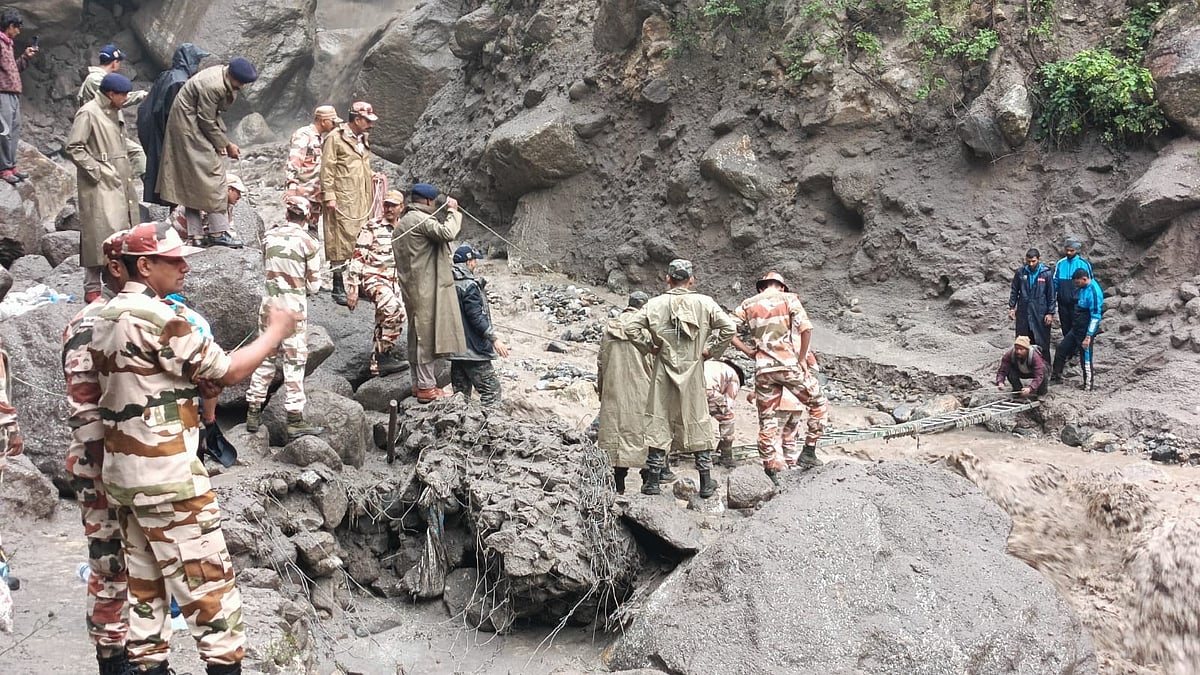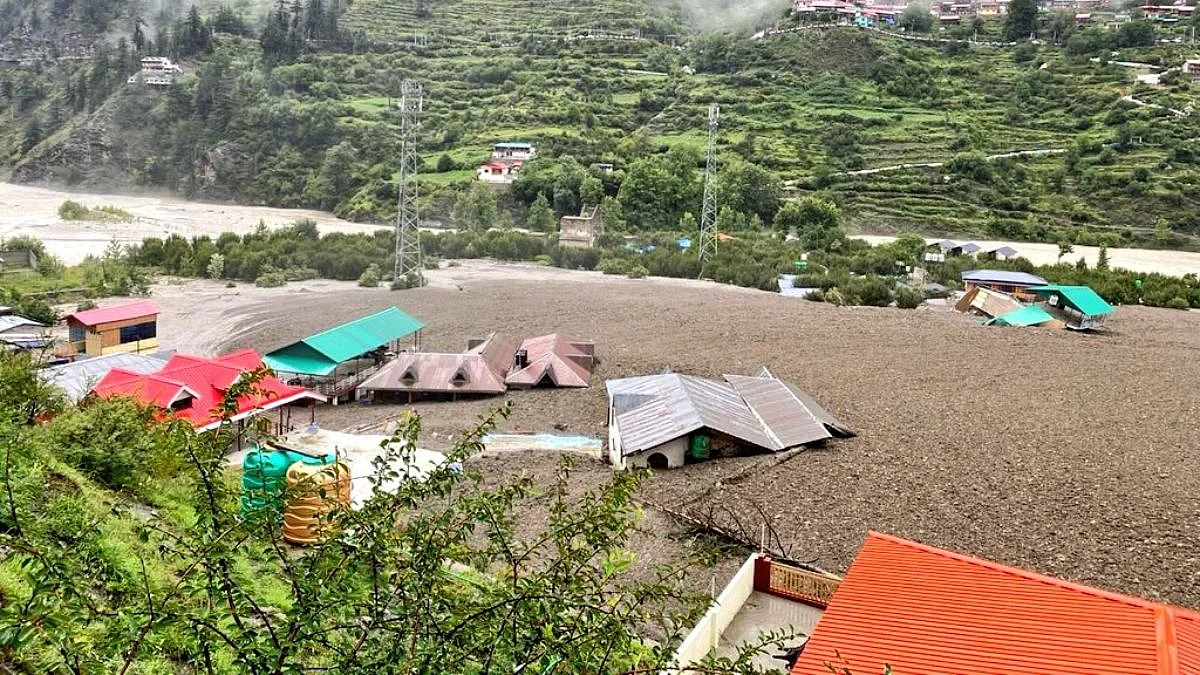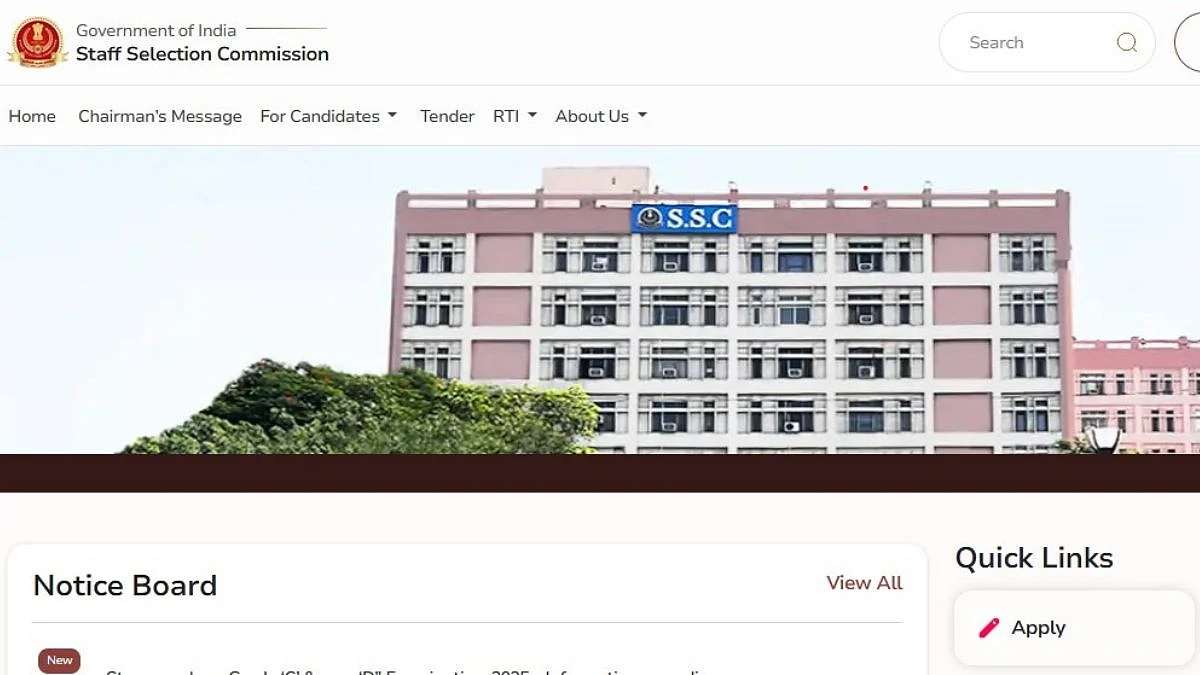With changing times, education is seeing drastic changes. In recent times, integrated education has seen a lot of trajectory in India, where many students prefer joining private classes having ties with colleges. This way, the student studies at the classes and attends colleges or institutes for basic attendance, practicals or exams.
The rise
Vedant Hamirwasia, Director of ODA Class, has clear thoughts about this interest in integrated education. “The rise, which combines various educational approaches and disciplines into a cohesive learning experience, is a significant trend in modern education systems. Some reasons include holistic development which aims to develop students' intellectual, social, emotional, and physical abilities comprehensively. By connecting different areas of study, integrated education makes learning more engaging and relevant for students. It can increase motivation by showing how different subjects intersect and apply to everyday life.”
Prof. Rajarshi Debnath, FORE School of Management, thinks this study allows the students to understand the intricate linkages and effects within a topic by thoroughly integrating disciplines. “Students get a more profound understanding of broad concepts and global interconnectivity. They develop the ability to think critically, integrate information from several domains, and make sound decisions.”
Student and parent talk
Naren Kadam is a science student at Pune's Behere Classes and attends college primarily for practicals and exams, and a few classes for attendance. He finds this to be a great way to study as this means more time to focus on what is learned. His mother, Sonal Kadam, reveals, “As my son opted for science, I felt he would have to balance between college and classes with no time for revision. Due to integrated education, he can concentrate on his studies.”
Prachiti Borkar, too, is a science student at Akash Institute in Borivali, Mumbai. She felt integrated studies suited science studies more. She gets more time for self-study. Her parents were keen on their daughter opting for MBBS. “So, instead of choosing college and classes, it is better to enrol her into integrated education. They also take NEET and 12th class studies. So, it becomes easier to prepare for the NEET exams,” her mother, Priti, said.
Pros and cons
Of course, every educational style will have its good and bad side that can impact the students. While Prachiti has found her integrated education experience amazing so far, she feels there is limited understanding of topics at times. Naren finds he can focus better since his time is not divided between college and classes. Priti finds this system best for NEET study, apart from self-study. But she finds the education fees higher, apart from schedule issues. Sonal thinks the pros include her son saving time as he travels less since he goes only to one class and not to coaching class and college. “There is also personal guidance,” she adds.
Prof. Debnath feels this education helps students understand the topics better than memorising. “This increased information enhances their overall learning experience. Students learn how to apply their knowledge to practical situations.”
However, he does feel educators have to spend hours creating modules for the kids to learn properly.
Vedant calls it a holistic learning experience that gives a well-rounded education. “This holistic approach ensures that students develop a broader understanding and diverse skill set. Students learn to apply their knowledge to solve complex, real-world problems, preparing them for future challenges.”
Subject matters
This phenomenon of integrated education is seen more in the field of science — PCB and PCM — than in other subject. Primary reason according to Ashwini Pai, mother of Durvesh Pai, 11th standard student who has opted for Integrated System, is, “Students who choose science are mostly interested in medical or engineering as a career. Earlier they went to coaching classes along with college to prepare for their JEE or NEET. With the new system, they save on time and money while being coached for their final goal.”
Rupa Gadkari, mother of Samhita Gadkari, agrees. “My daughter has chosen Arts. She is not preparing for competitive exams. Therefore, this system doesn’t make sense to her.”
See the future
Vedant finds the future to be characterised by developments in education system with a bend towards Integrated System. “The integration of arts into STEM (Science, Technology, Engineering, Mathematics) education will continue to grow, fostering creativity alongside technical skills,” he says.
Integrated System is here to stay. How it grows as a trend and/or as a system that offers better options remains to be seen.













